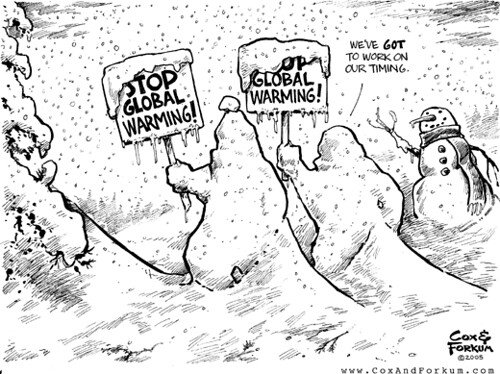Tags:
 Permalink Reply by LP on September 14, 2009 at 0:02
Permalink Reply by LP on September 14, 2009 at 0:02  Permalink Reply by essay on September 14, 2009 at 7:29
Permalink Reply by essay on September 14, 2009 at 7:29  Permalink Reply by The_Baron on September 14, 2009 at 7:36
Permalink Reply by The_Baron on September 14, 2009 at 7:36  Permalink Reply by Skip Peel - Mineral Consultant on September 14, 2009 at 9:36
Permalink Reply by Skip Peel - Mineral Consultant on September 14, 2009 at 9:36  Permalink Reply by red rider on September 14, 2009 at 18:20
Permalink Reply by red rider on September 14, 2009 at 18:20  Permalink Reply by Bacon on September 14, 2009 at 23:25
Permalink Reply by Bacon on September 14, 2009 at 23:25  Permalink Reply by red rider on September 15, 2009 at 18:43
Permalink Reply by red rider on September 15, 2009 at 18:43  Permalink Reply by Mac Davis on September 28, 2009 at 21:30
Permalink Reply by Mac Davis on September 28, 2009 at 21:30  Permalink Reply by The_Baron on September 29, 2009 at 4:13
Permalink Reply by The_Baron on September 29, 2009 at 4:13  Permalink Reply by David on September 29, 2009 at 11:13
Permalink Reply by David on September 29, 2009 at 11:13 

The History of GoHaynesvilleShale.com
GoHaynesvilleShale.com (GHS) was launched in 2008 during a pivotal moment in the energy industry, when the Haynesville Shale formation—a massive natural gas reserve lying beneath parts of northwest Louisiana, east Texas, and southwest Arkansas—was beginning to attract national attention. The website was the brainchild of Keith Mauck, a landowner and entrepreneur who recognized a pressing need: landowners in the region had little access to…
ContinuePosted by Keith Mauck (Site Publisher) on May 21, 2025 at 6:00
246 members
359 members
121 members
193 members
146 members
400 members
101 members
150 members
166 members
9 members
© 2025 Created by Keith Mauck (Site Publisher).
Powered by
![]()
| h2 | h2 | h2 |
|---|---|---|
AboutAs exciting as this is, we know that we have a responsibility to do this thing correctly. After all, we want the farm to remain a place where the family can gather for another 80 years and beyond. This site was born out of these desires. Before we started this site, googling "shale' brought up little information. Certainly nothing that was useful as we negotiated a lease. Read More |
Links |
Copyright © 2017 GoHaynesvilleShale.com